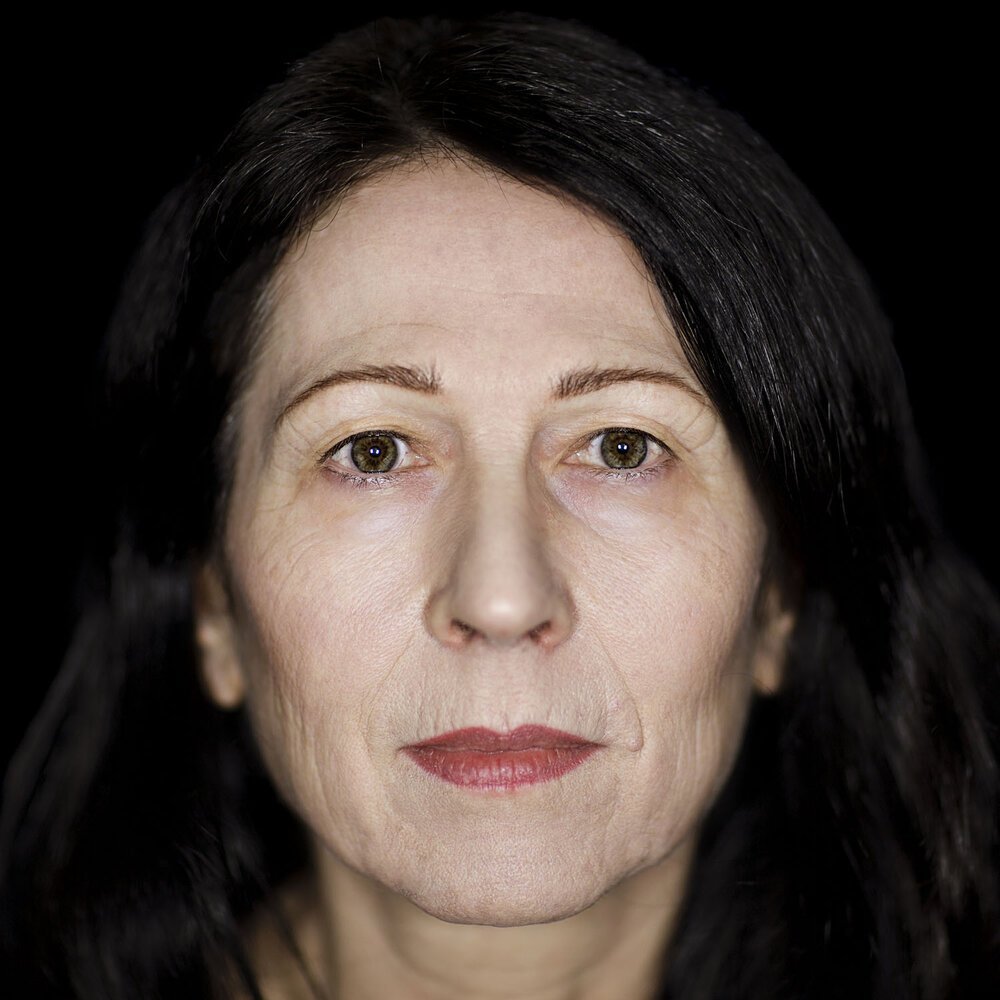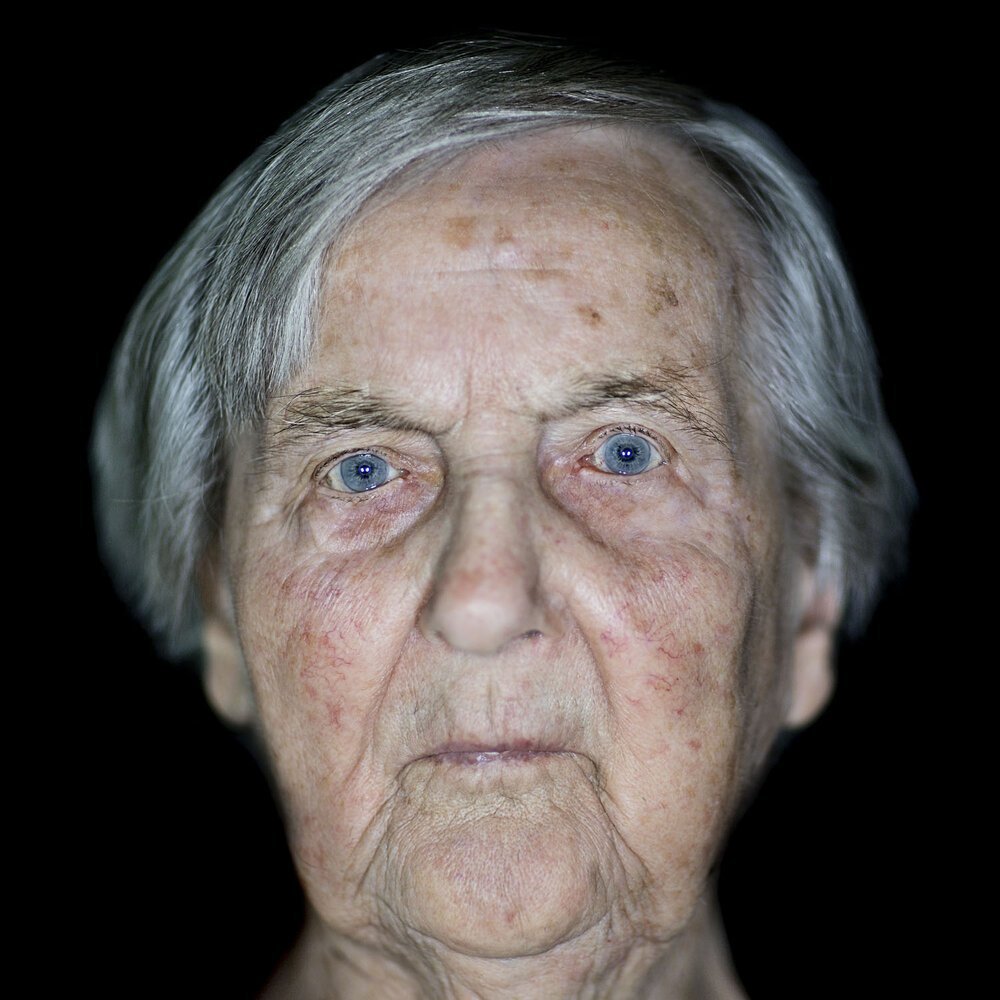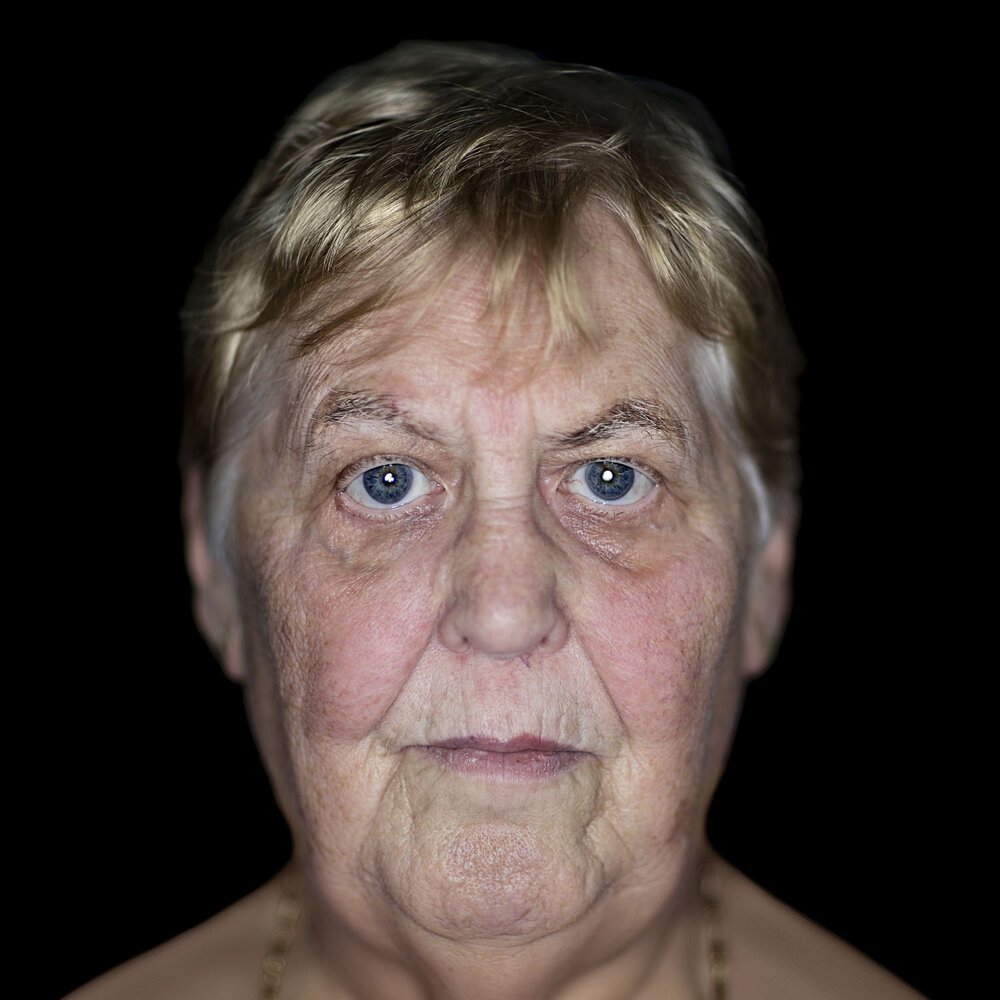“Hundert” Knesebeck publishing house
Thomas Kierok has photographed one hundred people, one for each age between 1 and 100, and traced the signs of the times in their faces. The expressive portraits are accompanied by seven chapters about what is special about each age, about the experiences we gather, our encounters, the dreams, hopes and wishes we harbor. It shows that every age has its beauty.
All photos are from the photo agency www.laif.de
“With his portraits, Thomas Kierok succeeds in showing the beauty, strength and fragility of every phase of life. Finally a pro-ageing book!”
– Eckart von Hirschhausen
VORWORT
Good photography is better suited to recognizing us than any mirror. In this wonderful volume, Thomas Kierok's portraits succeed in showing the beauty, strength, and fragility of each stage of life. I found it inspiring to reflect on myself over these 100 years. You automatically look at your current age, compare yourself with the people portrayed, and look for the traces that time leaves on faces. And you peer cautiously at the pages that hopefully still lie ahead. When you see so many warm-hearted people looking back at you, this book encourages you to look forward to getting older. Finally, a pro-ageing book! Every age has its own beauty. If you take a loving look at it, as we have done here, no wrinkle needs to be hidden, photobombed, or retouched if you embrace it. And wouldn't you like to talk to all these people? To find out more about their story? To see whether what we read into their faces is actually true? In my latest book Die bessere Hälfte - Worauf wir uns mitten im Leben freuen können, I documented a medical conversation between friends together with Professor Tobias Esch. Dealing with the topic of ageing with dignity has opened my eyes to the value of positive role models. The pictures in this book invite you to ask yourself: What do I want to be like when I am this old? What qualities do I want to strengthen? What things will lose value when I look back from the wisdom of a mature self? Nobody has ever said at the end of their life—"I should have spent more time in the office!" Everyone agrees—only love counts! And what we pass on. That's why the photos of people from 100 years ago make me think. What will the world be like for the people from the first pages in 100 years' time? And what is the role of my generation, which has experienced neither war nor scarcity, but consumption and growth? The generation that is rightly being asked what right it has to use up the earth's finite resources and whose behavior could make life on earth a living hell forever. We are also experiencing the first consequences of the climate crisis in Europe and still have the opportunity to make a difference. The narrow focus on election periods and popularity is preventing what is now urgently needed—decisions with vision. As a doctor, I learned early on how permanent growth is incompatible with life because growth without respect for the body's limits is cancer. And I learned to think in longer time frames and to accept that not everything is reversible once a certain point has been passed. Life is fragile—the life of humans, the life of species, and the life on planet Earth.Our own health needs a healthy earth, healthy people around us, and the will to stand up for it. As soon as we see ourselves as part of a chain, a living network, our horizons expand—and so does our responsibility. The role of art is to show us the value of things that have no price tag—precisely because they are invaluable. The artist does not have to follow the "market" but pursues their own interests. These photos help us learn to see the value of life anew, beyond our own vintage and beyond the selfie plate.
Let yourself be inspired, enchanted, and activated to rediscover the essence of the human being—our ability to create art, to look to the future, and to change again and again. For a lifetime.
Eckart von Hirschhausen
Doctor, comedian, founder of Humor Hilft Heilen and “Doctors for Future”






































































































































































































